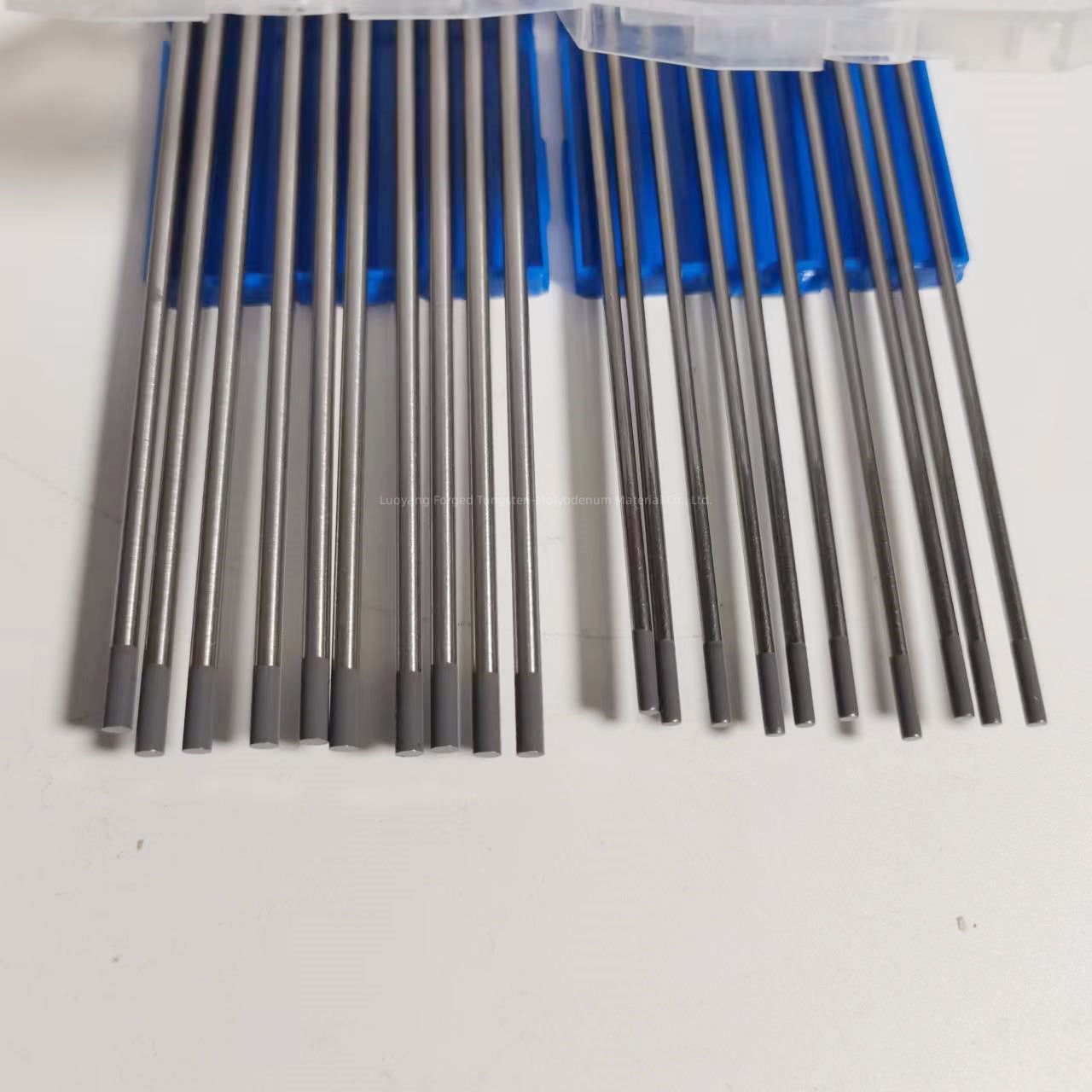Reasons for tungsten electrode price fluctuations?
Tungsten electrodes, an invaluable asset to the welding industry, are an indispensable tool for professional welding operations due to their unique properties and range of applications. However, the price of this tool often shows remarkable fluctuations. Why is this the case? Let’s take a look at the specifications, purity, features and characteristics of tungsten electrodes to unravel price fluctuations.
Specification and purity of tungsten electrode
Tungsten electrodes are available in various specifications according to their diameters and lengths, ranging from 0.5mm to 6.4mm, in order to meet the welding needs of materials of different thicknesses. The purity of tungsten electrodes is usually as high as 99.95%, which ensures stability at high temperatures and reduces the influence of impurities on the quality of weld seams.
Features and Characteristics
The most notable feature of tungsten electrode is its high melting point (3422°C), which enables it to remain stable at extreme temperatures, providing a long-lasting and stable arc. In addition, tungsten electrodes have excellent electrical conductivity and corrosion resistance, enabling them to maintain their performance in a wide range of welding environments.
Reasons for Price Fluctuations
Fluctuations in tungsten electrode prices can be attributed to a number of factors:
Raw material supply: Tungsten is a rare metal and its price is directly affected by global supply and demand. Any factors that lead to a decrease in supply, such as a shortage of mineral resources, an increase in mining costs, or political factors, can lead to an increase in price.
Production costs: The production process of high purity tungsten electrodes is complex and requires high technology equipment and strict quality control. Changes in production costs, especially fluctuations in energy prices and raw material costs, directly affect the selling price of tungsten electrodes.
Market demand: With the development of welding technology and the expansion of application areas, the market demand for tungsten electrodes is also changing. Increasing demand will push up the price, while decreasing demand may lead to price decrease.
Technological innovations and substitutes: Technological advances and the emergence of alternative materials can also affect the price of tungsten electrodes. For example, the development of new welding techniques or more economical electrode materials may reduce the demand for high-purity tungsten electrodes, which in turn affects their price.
Through an in-depth understanding of tungsten electrode specifications, purity, features and characteristics, it is not difficult to find that its price fluctuations are the result of a combination of factors. For industry practitioners, acquiring this knowledge helps them to better plan their procurement and inventory management, so as to find the optimal cost-benefit balance in the midst of price fluctuations.